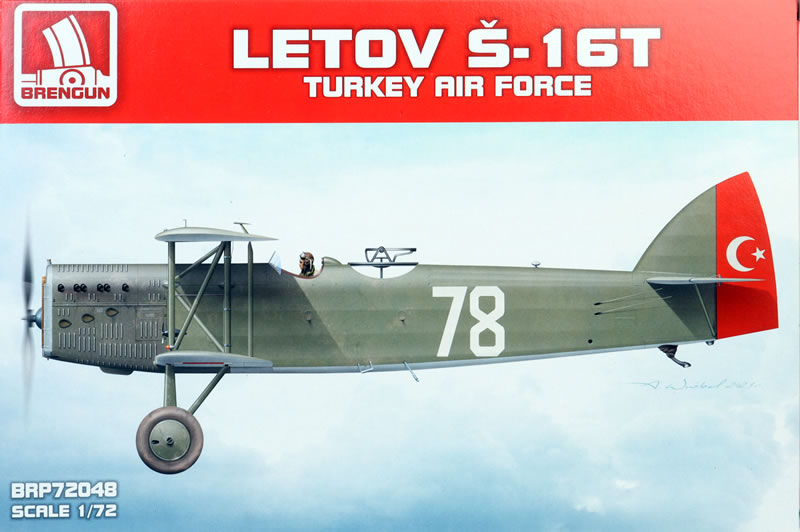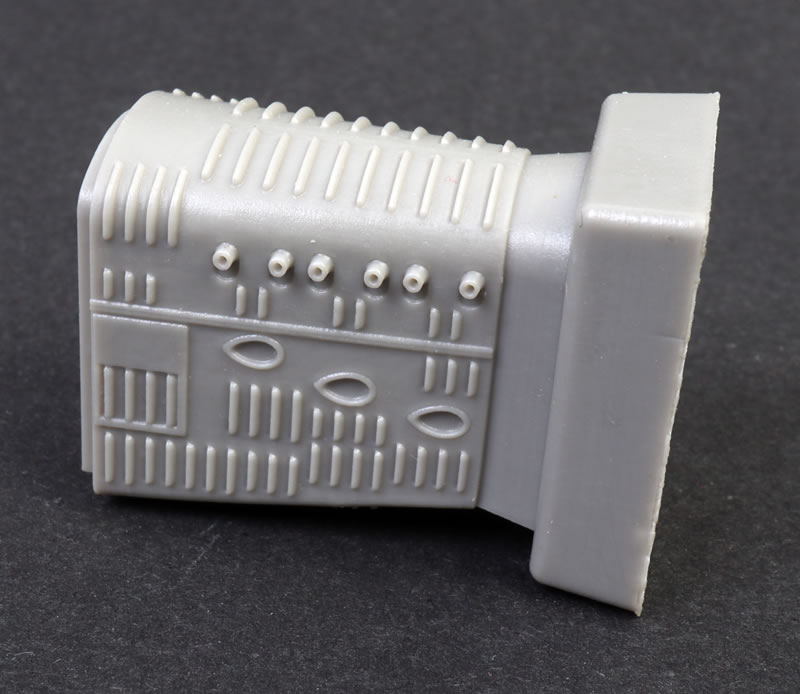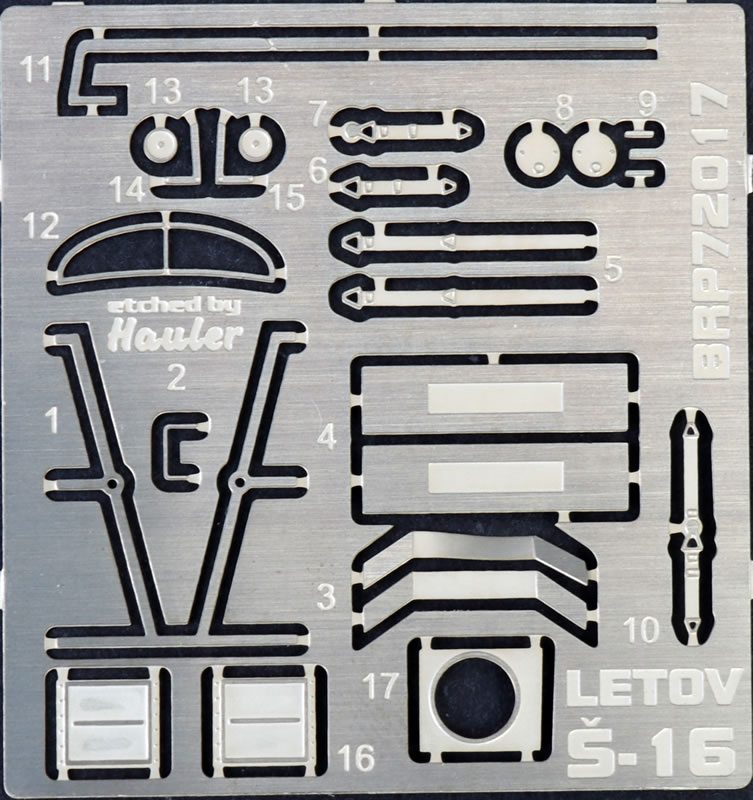|
Letov S-16T Turkey Air Force

Brengun, 1/72 scale
Reviewed by Graham Carter

The Letov S-16 was a design of Czechoslovak origin, first flying in 1926 and produced in 14 variants indicated by a letter or prefix to indicate engine type or country of use. It was a two-seat light biplane bomber which could defend itself with a flexible pair of 303-calibre machine guns in the rear cockpit and fixed one in front of the pilot. It was quite a large aeroplane with narrow-chord wings of 50-feet span and a fuselage just short of 40 feet. Despite the great span, it was still a single-bay wing so rigging won’t be that daunting. Just on 90 were produced and many served up until the first years of WWII. Previous kits have been limited to the resin ABModels one and the KP one from the 1980s which was crude but OK in terms of accuracy. This new Brengun kit is streets ahead and has been produced in a couple of variants, initially in 2015.
Arriving in a strong but end-opening red box decorated with a colour rendition of one of the decal choices are two clear resealable bags. A small one contains the decal sheet for three examples illustrated in colour on the rear of the box, along with a PE fret and the clear film for the cockpit windscreen ( two provided). The larger bag contains the plastic components and resin nose conversion for this variant, as well as the four-page A5 instruction sheet. This sheet shows clearly what has to be cut off the fuselage halves to fit the resin nose components which have beautifully cast in dark grey resin with excellent grills and fittings cast into them. An interesting propeller is also provided.
Parts are moulded in a light biscuit-brown plastic and they are flash free and feature excellent surface detail - the wing rib effect is particularly nice.

Two sprues contain the parts and the gates are reasonably narrow and mostly in easy-to-clean-up positions although care will be needed on the numerous struts. The interior is well furnished for this scale with both plastic and PE parts to enhance the detail. Careful painting will produce a nice replica. Paint colours are called out in each step of the construction although they are by name and not manufacturer numbers. Some cutting, not only of the nose, but also the wings will be required for this Turkish variant: this is clearly shown on the sheet.



PE also provides the unusual flap extensions above the wings, fuselage inspection panels and the windscreen frames.

All three decal choices are in Khaki over aluminium with silver engine panels on two and darker green one on the other. All carry the red and white square Turkish markings, one with number 78, one with Czech roundel on the rudder and one with the word ‘DINAR’ on the fuselage square.

All-in-all an interesting aeroplane and if your field is the pre-war central European aviation scene then this kit will add to your collection. It is a quality product and comes highly recommended.
If this is your scale and interest area then this is a highly recommended kit of a significant Eastern European light bomber.
Thanks to Brengun for the review sample.
Review Text and Images Copyright © 2024 by Graham Carter
Page Created 4 January, 2024
Last updated
4 January, 2024
Back to HyperScale Main Page
Back to Reviews Page |
